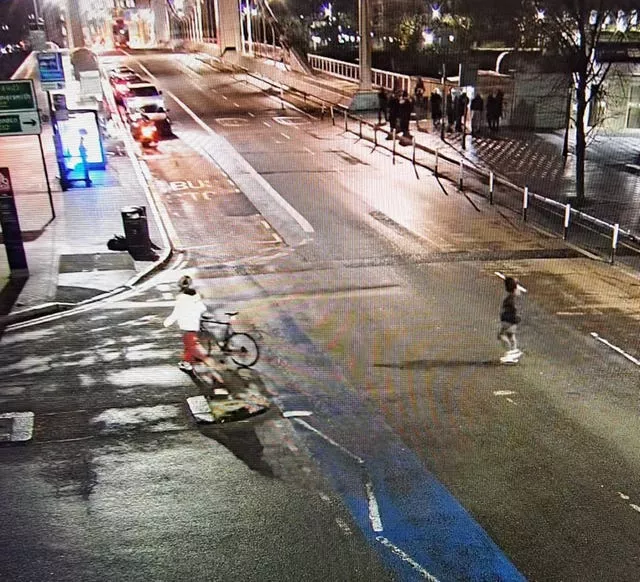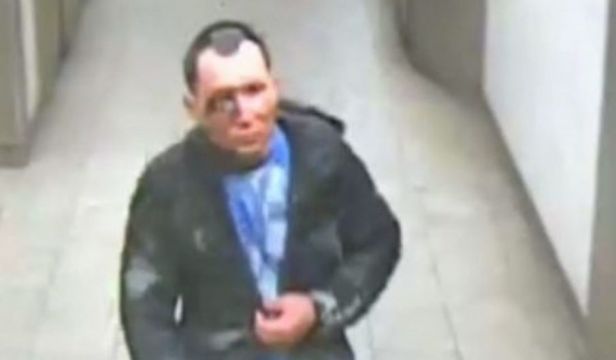Alkali attack suspect Abdul Ezedi is most likely to have died and his body may never be found, the Metropolitan Police said.
The force said on Friday its main working hypothesis was the 35-year-old had “gone into” the River Thames after being seen leaning over the railings of Chelsea Bridge in west London on the night of the incident.
In a briefing at Scotland Yard, Commander Jon Savell said: “We have spent the last 24 hours meticulously following the CCTV, and it’s our main working hypothesis that he’s now gone into the water.
“We have looked at all of the available cameras and angles, and with the assistance of Transport for London and CCTV from buses that were travelling over the bridge at the relevant time and there is no sighting of him coming off the bridge.”
Asked whether police were willing to say that Ezedi was dead, Detective Superintendent Rick Sewart said: “I’m prepared to say that he’s gone into the water and if he’s gone into the water then that’s the most probable outcome.”
Ezedi, from the Newcastle area, is accused of pouring a strong alkali on his ex-partner, and injuring her two young children, aged three and eight, on Wednesday January 31 in Clapham, south London.

The woman had been in a relationship with Ezedi, with the breakdown of the relationship a possible motive for the attack.
Mr Savell confirmed the woman remained in a “critical but stable condition” in hospital and was still “very poorly and unable to speak” to police.
He said it was possible they may never find Ezedi’s body due to the speed of the current in the Thames.
He told the briefing: “At this time of year, the Thames is very fast flowing, very wide and full of lots of snags.
“It is quite likely that if he has gone in the water, he won’t appear for maybe up to a month and it’s not beyond possibility that he may never actually surface.”
Mr Savell said searches of the River Thames would be carried out by the Met’s marine support unit, and that the force were in contact with a member of Ezedi’s family.

Mr Sewart said the Met had tracked Ezedi’s movements from the Tower Hill area, where he has walked more than four miles “with purpose” to Chelsea Bridge.
He continued: “When he has got to the area of Chelsea Bridge, his behaviour visibly appears to change in so much as he walked up and down the bridge – he pauses in the midpoint of the bridge, halfway down the bridge.
“Then he walked to and from the side of the bridge and can be seen to sort of lean over the railings before there is a loss of sight.”
A manhunt to find him has been ongoing for more than a week, with officers raiding two addresses linked to Ezedi in Newcastle in the early hours of Thursday.
Earlier this week police said the last confirmed sighting was just before 11.30pm on January 31, a few hours after the attack, as he crossed over Chelsea Bridge and entered Battersea Park in central London, then crossed back over the same bridge minutes later.
Ezedi came to the UK hidden in a lorry in 2016, and was turned down twice for asylum before successfully appealing against the Home Office rejection by claiming he had converted to Christianity.
He was convicted of two sexual offences in 2018 but was allowed to stay in the UK because his crimes were not serious enough to meet the threshold for deportation.
A tribunal judge is understood to have ruled in favour of his asylum claim in 2020 after a retired Baptist church minister confirmed he had converted to Christianity, reportedly describing Ezedi as “wholly committed” to his new religion.
Ezedi, who is not the father of the children who were hurt, suffered significant facial injuries in the incident which police previously said could prove fatal if left untreated.







